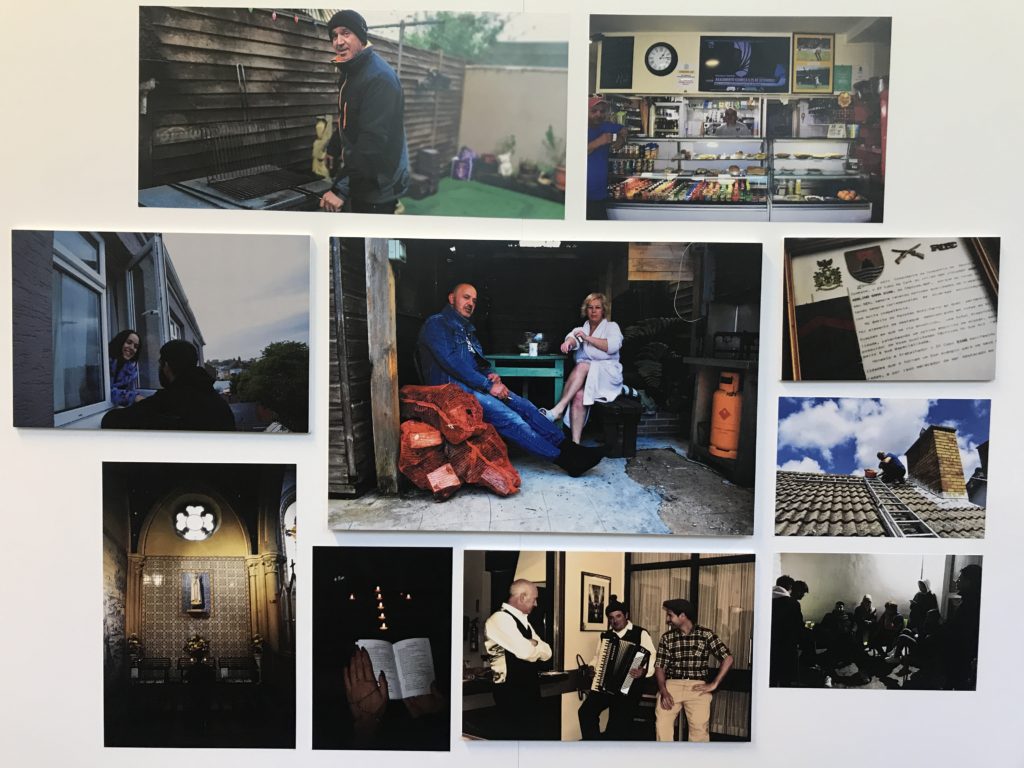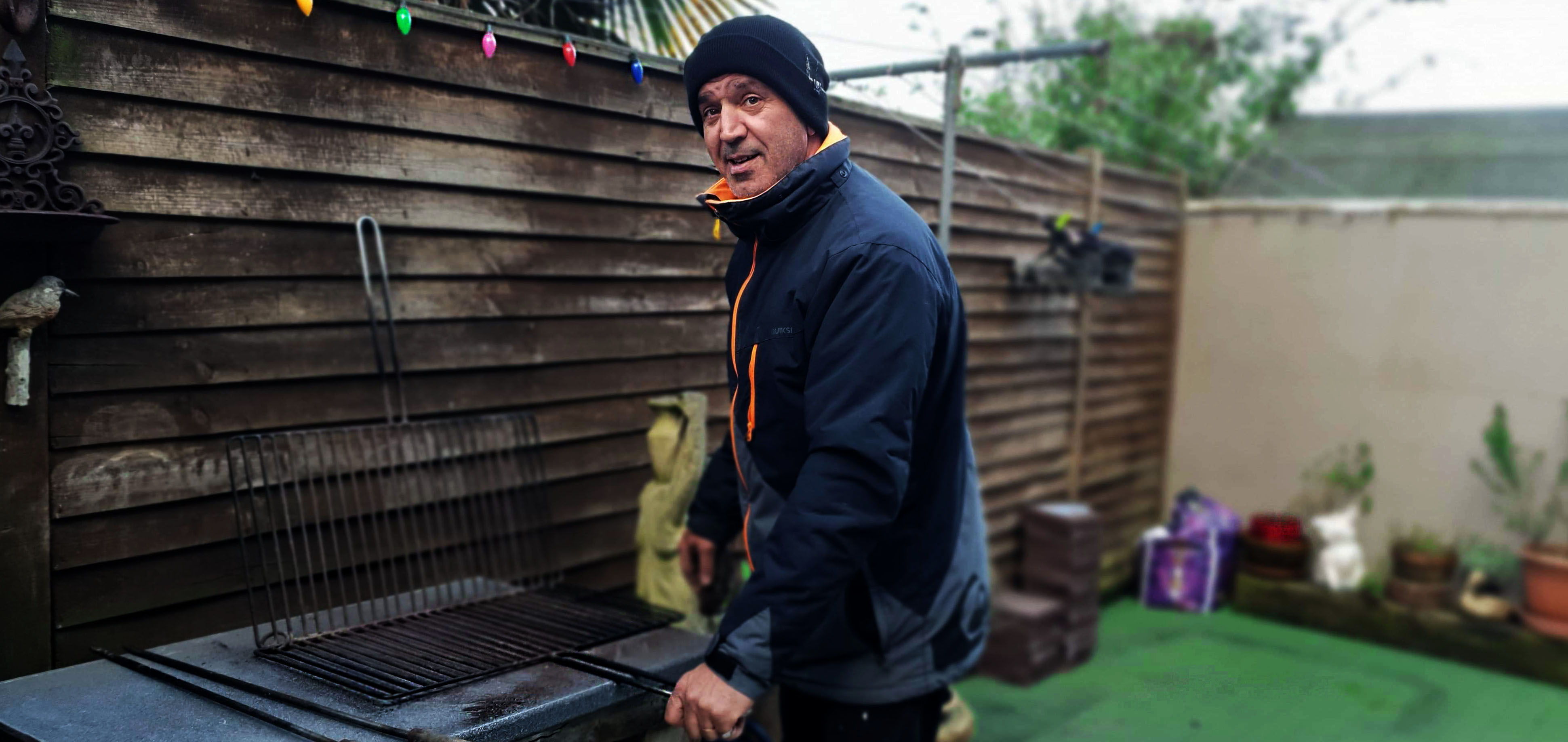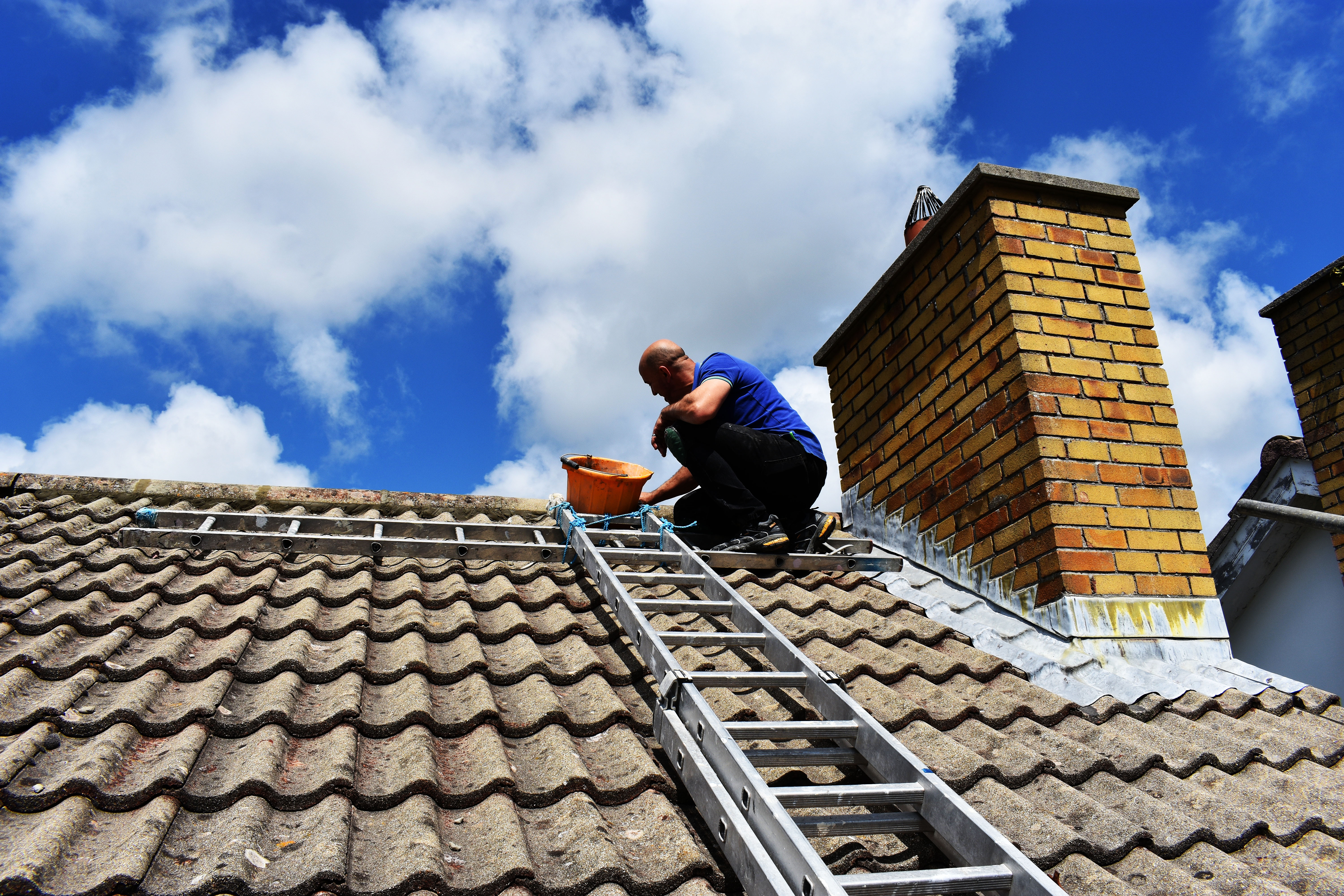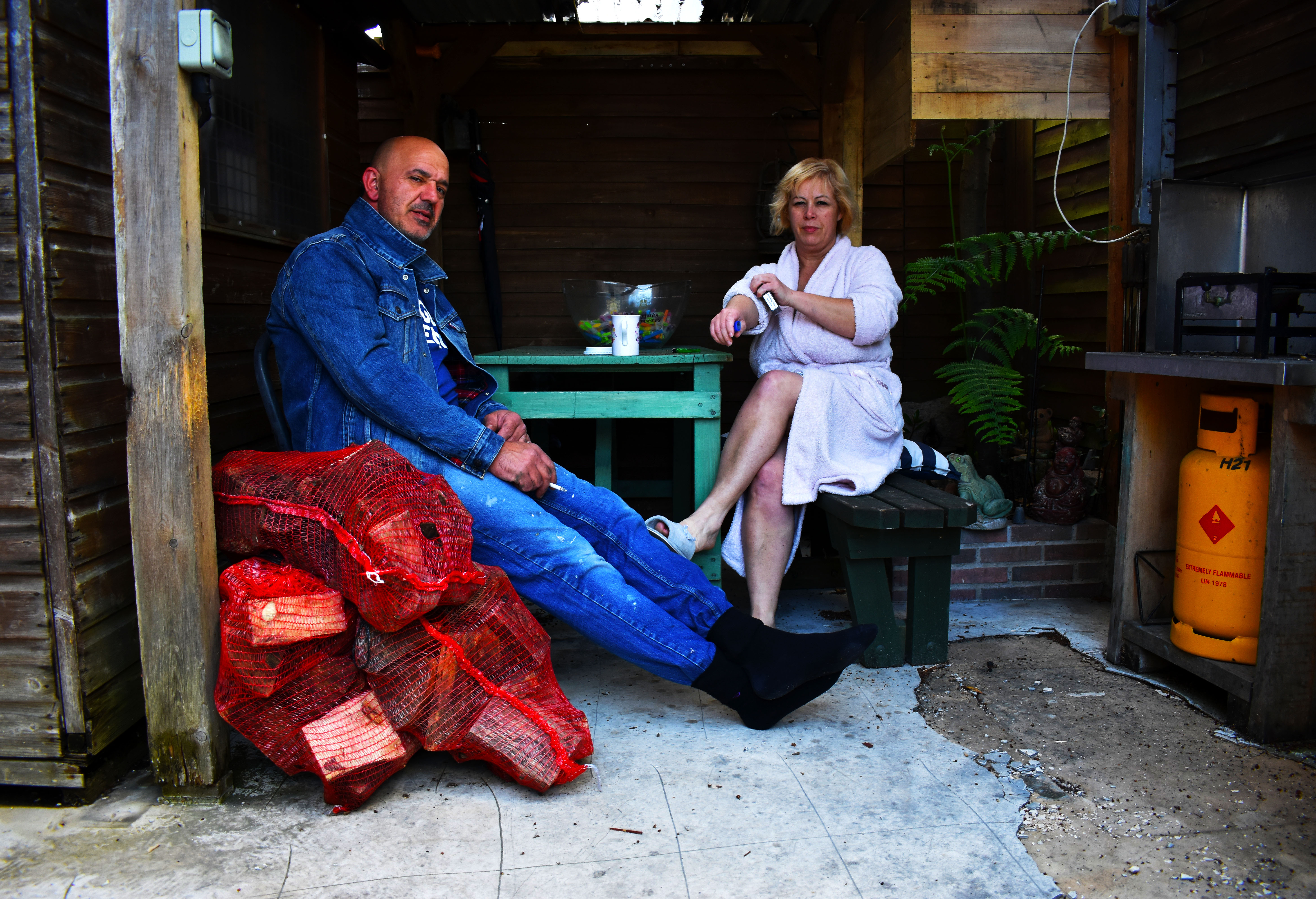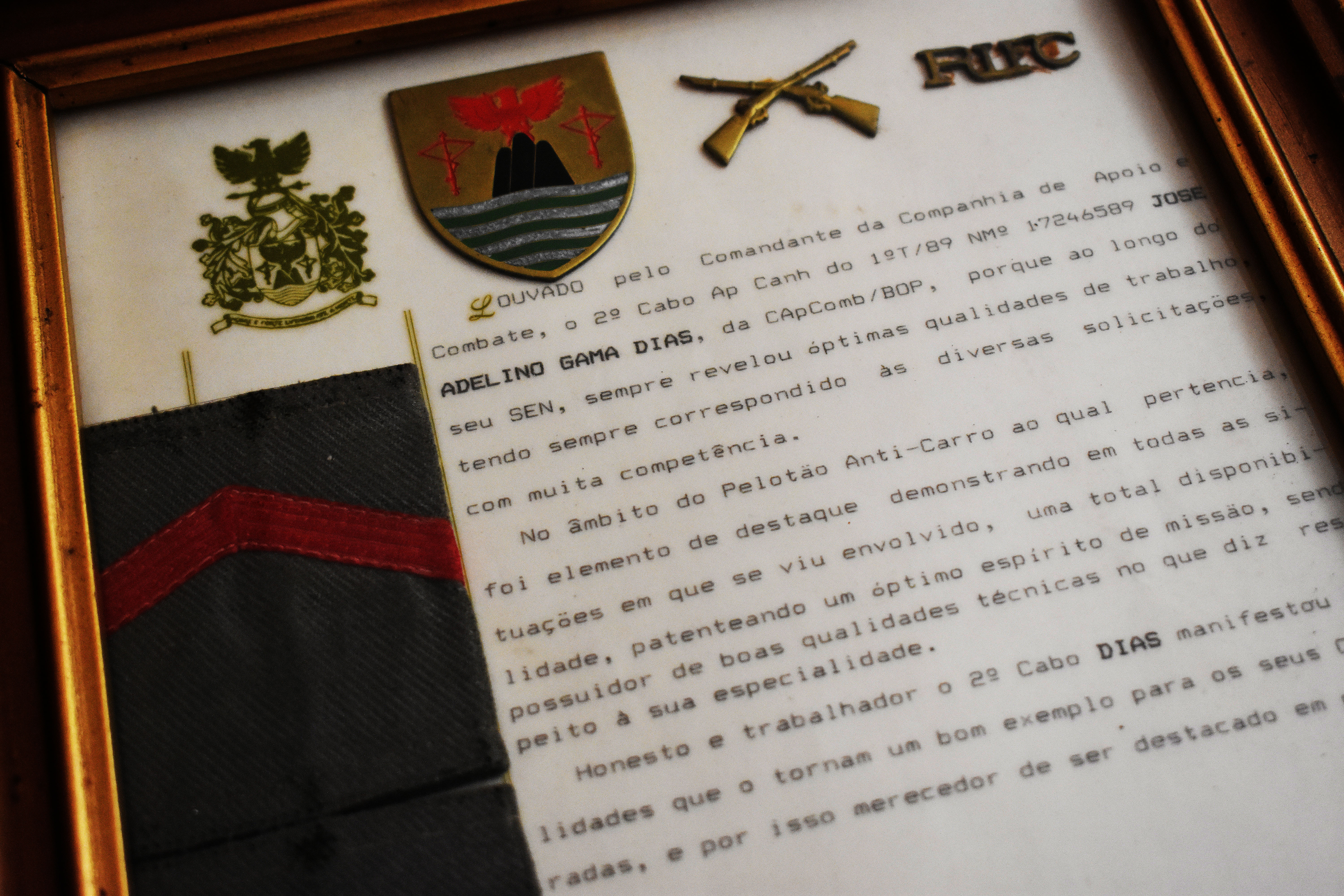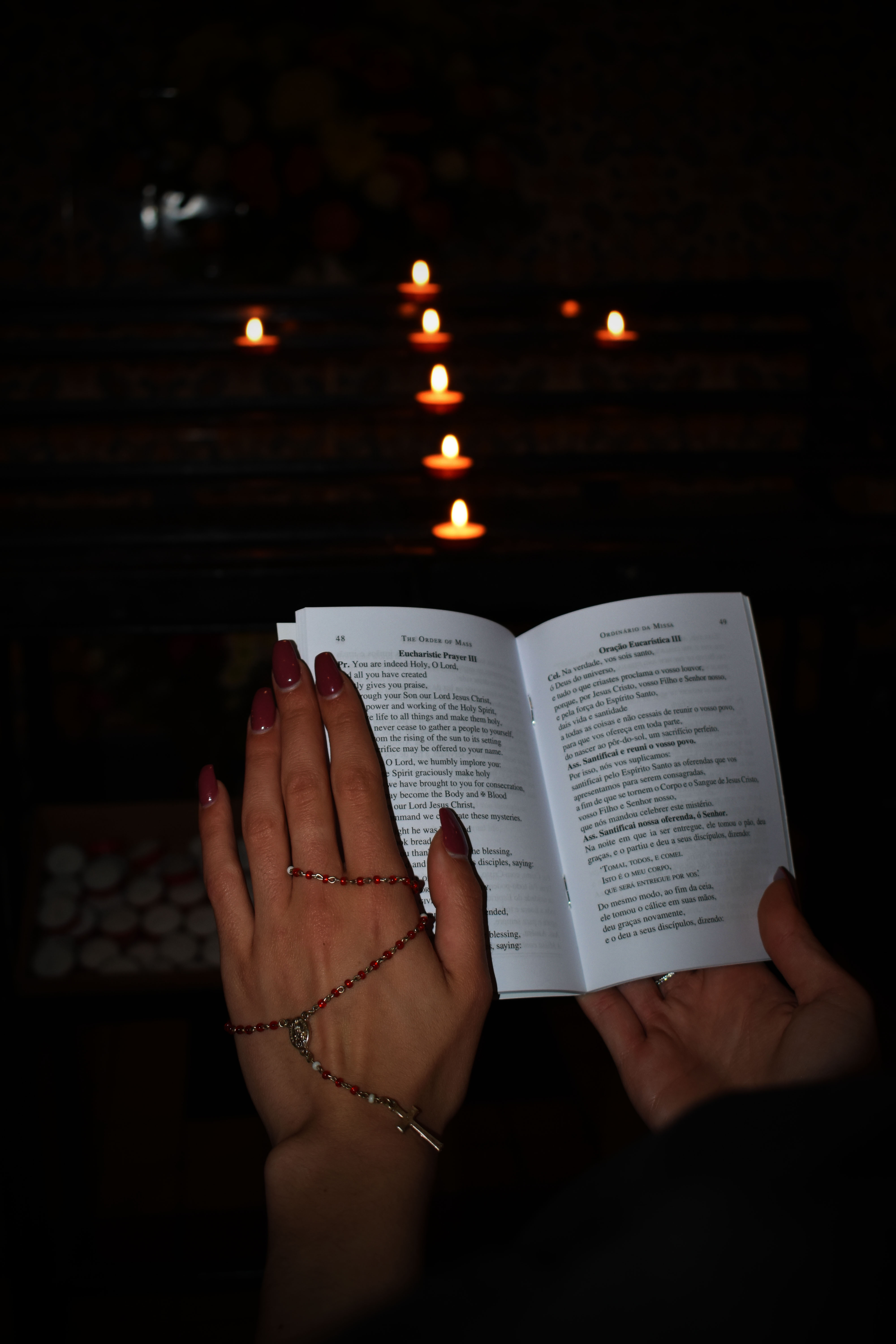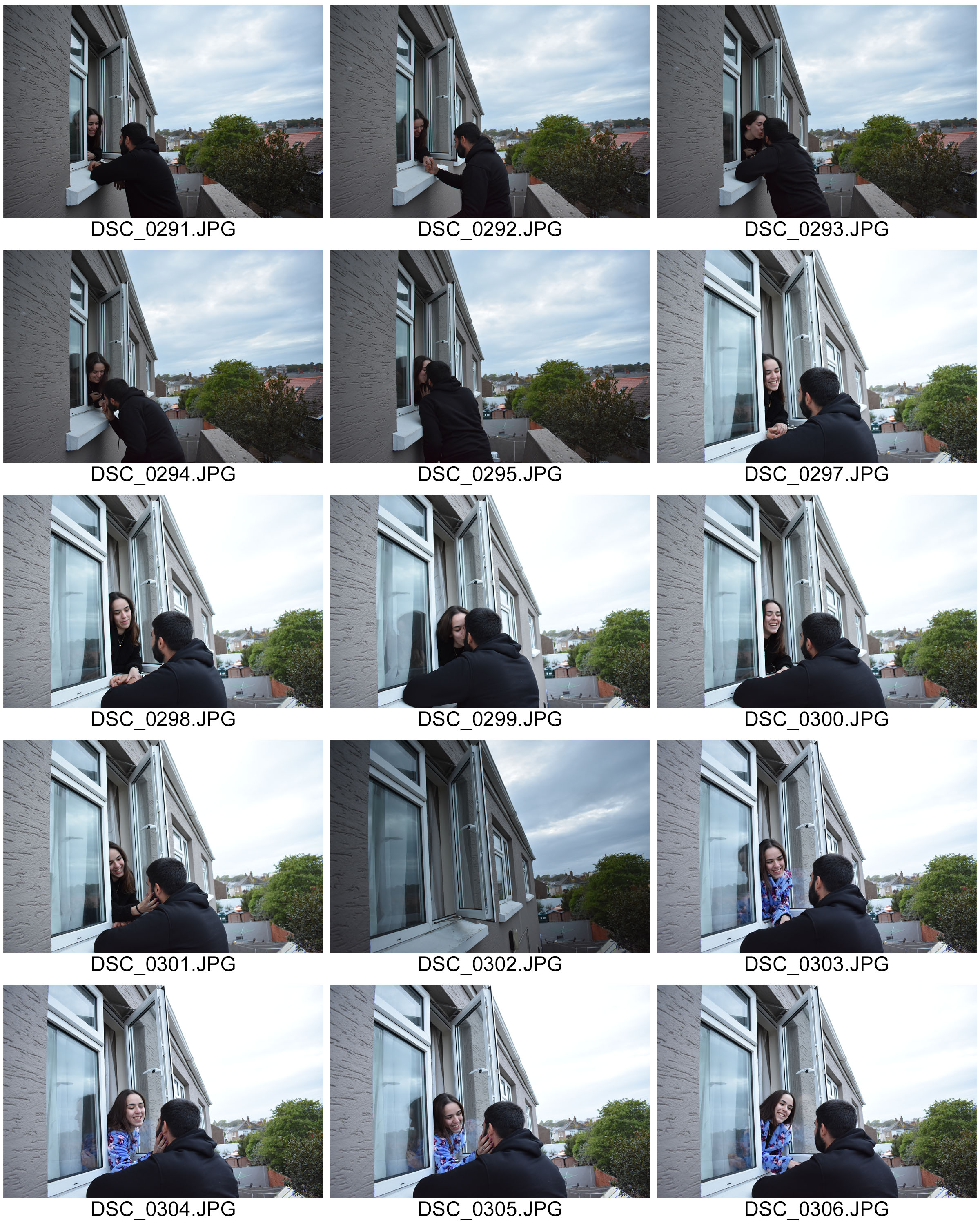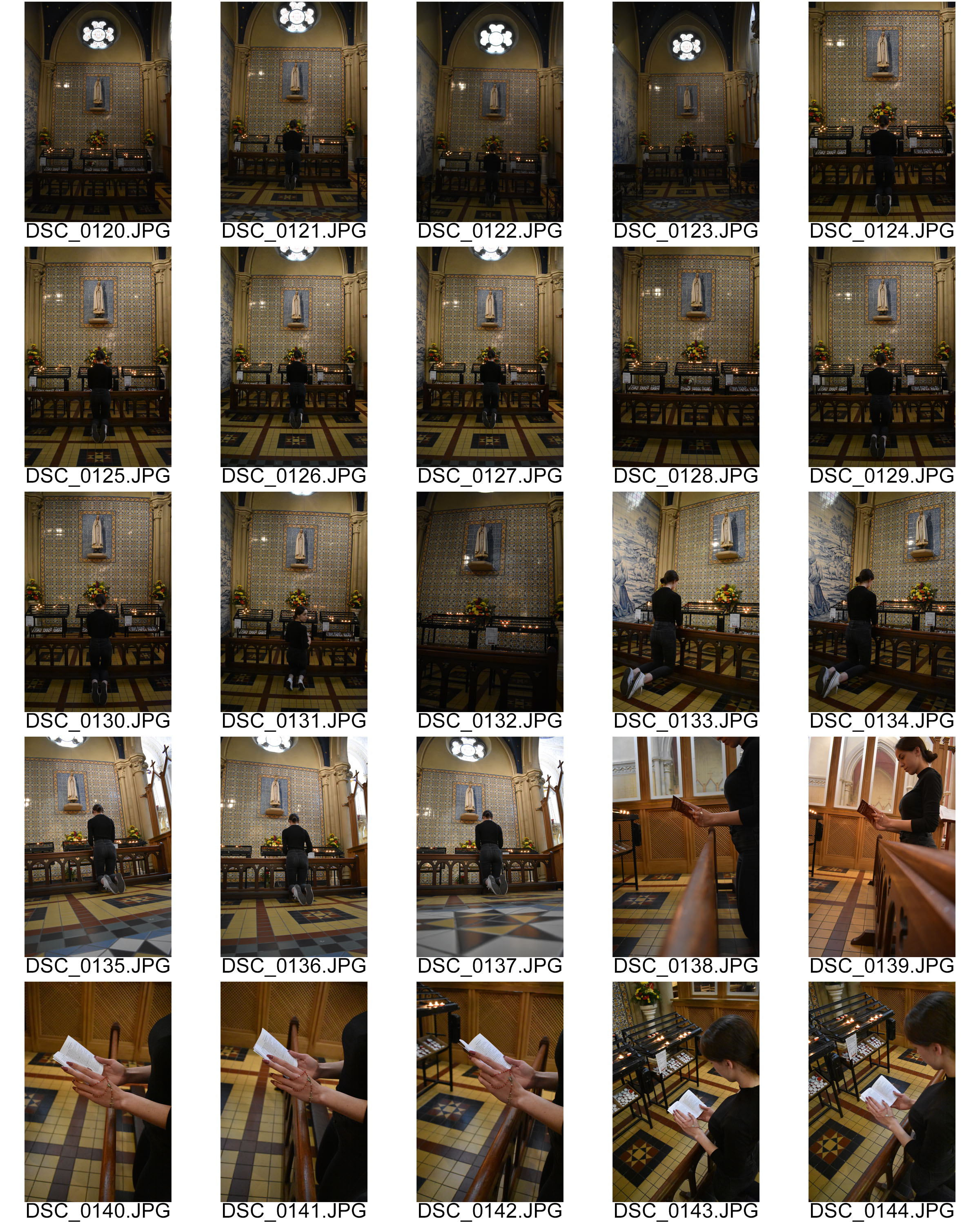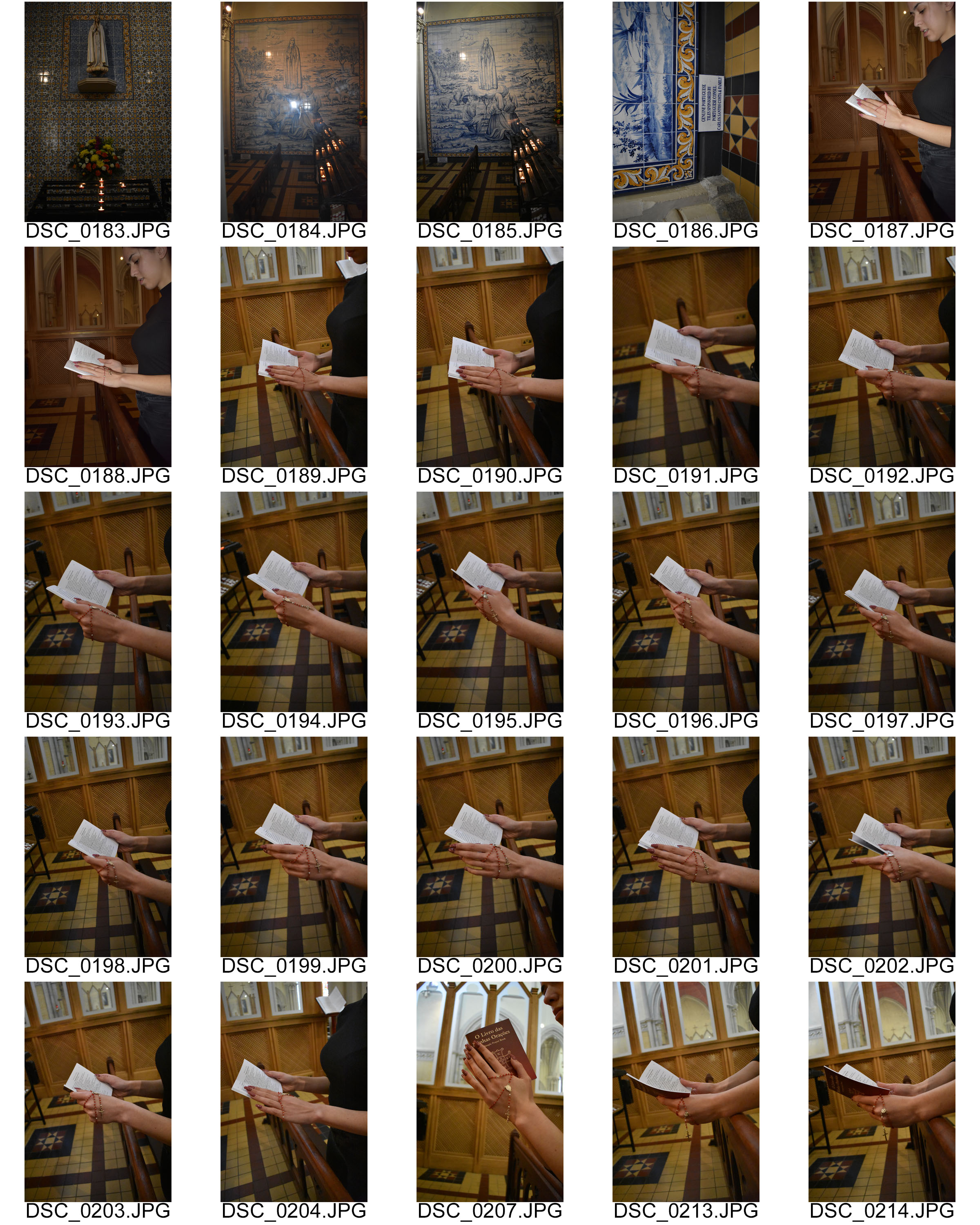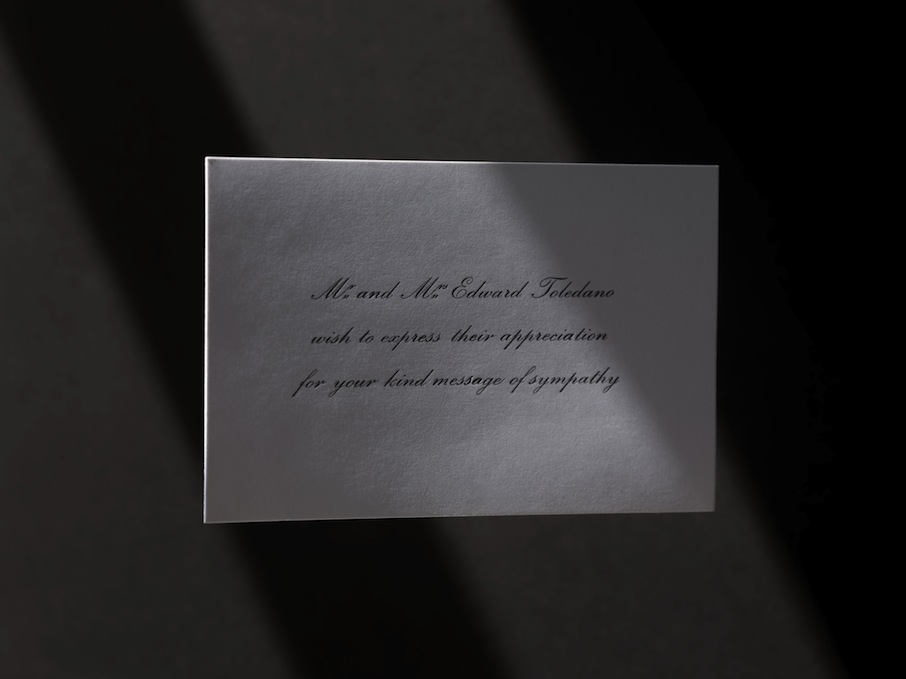I started this project when looking at the exam booklet. The title “Variations and Similarities”. The first question I asked myself was, “What is completely the same but so significantly different?” My initial thought was people. We are all the same, we all have the same organs but are so differnt in terms of lifestyle, appearance and beliefs. When putting these things into a plan I thought cuklture would be the ideal experiment. To explore how different we all are from each other. We all have a culture and all come from a background that most are proud of. I started off by looking into more depth about my own culture. The people from the Portuguese community all tend to follow the same patterns, some of which come from old ways of thinking and some which are only recently accepted.
When looking into other photographers who capture photographs of people, I found Mahtab Hussain. His album “You Get Me?” captured my interest at first glance, especially as my strongest point in photography is portraiture. His images felt very powerful and I could relate to these images to a further extent. While looking at these images, which were photographs of the Muslim culture, I found that to some extent they lived in a similar way to the Portuguese and so I made my project idea broader by focusing on how Portuguese people live in a foreign country. I also noticed that many of his images consisted bright and enhanced colours, some of which, in my opinion, purposefully represented flags and so I also decided to play and manipulate colours to achieve the same affect. I also came across other photographers such as Michelle Sank who also captures images of different people, however, with the idea of showing distinct personalities and also Philip Toledano who focused on objects and their meanings.
I felt that I could put all the pieces together and construct a project which included, the main concept, culture, while also including different lifestyles for different generations and also archival objects which play a huge part in this culture. It total I completed a few shoots but after thinking about the way I was going to approach this project, I thought it would only make sense to photograph some people in their natural environments, acting as natural as possible in order to achieve a true and real project. I then diminished all these images to finish with a total of 10 images. I removed some images from this final piece as I thought the essential way to present my work was to make it into a small story telling piece.
I decided to present these images on foam board almost as if it is a storyboard of the Portuguese culture. It was a very difficult project to do as it was trying to find ways of visually representing my culture trying not to stereotype, however, extremely entertaining. I think it went really well as people got involved and I was able to reach out to different Portuguese people. I think I could’ve improved it in a sense of possibly presenting it differently in order to show a timeline and maybe adding more archival photos to show the modern vs old fashions. I believe that I explored this theme very closely and broadly. I explored the young and the old generations as well as the difference between genders.

